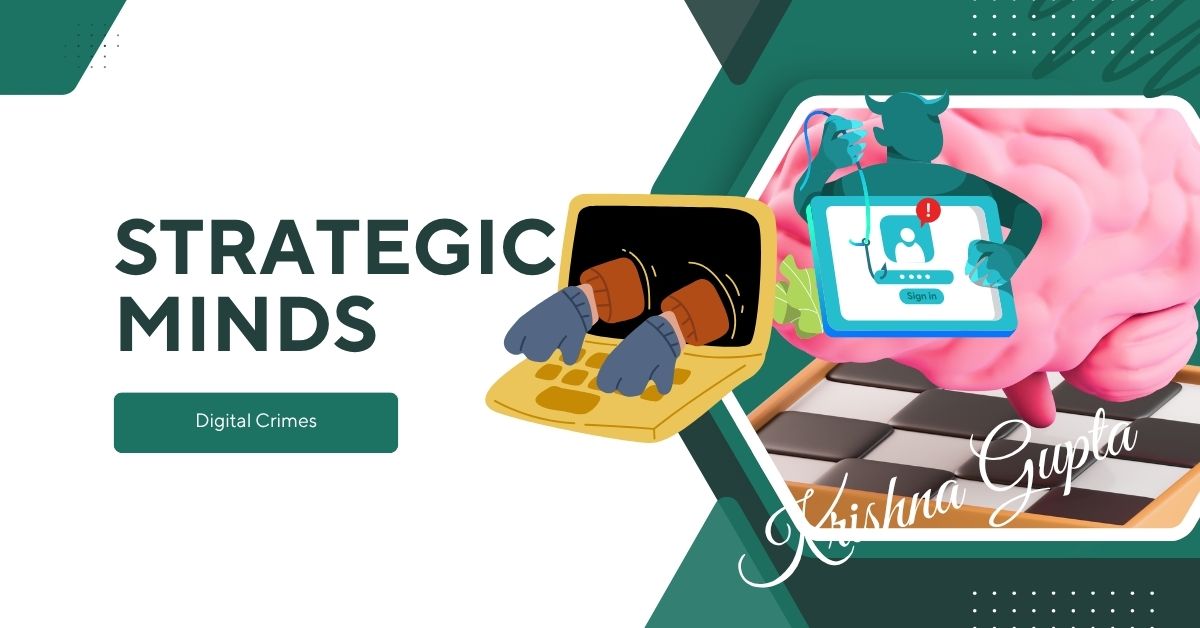Strategic Minds, Digital Crimes: A C-Suite Guide to Cyber Forensics with the Six Thinking Hats
In an era where data is more valuable than oil, cyberattacks have become a persistent and sophisticated threat. From ransomware to insider threats and nation-state espionage, breaches are no longer a matter of if but when. Cyber forensics—the science of investigating and analysing digital evidence—has emerged as a frontline response to these evolving threats. However, technical tools and processes alone are insufficient. For the C-Suite, strategic thinking and structured decision-making are imperative during a forensic investigation.
Enter Edward de Bono’s Six Thinking Hats—a simple yet powerful framework that encourages parallel thinking. When applied to cyber forensics, this model empowers executives to approach incidents holistically, ensuring thorough analysis, controlled response, and long-term business resilience. This blog post explores how C-Level executives can correlate the Six Thinking Hats with various stages of cyber forensic investigations to optimise ROI, mitigate risks, and safeguard reputation.
Cyber forensics entails the identification, preservation, analysis, and presentation of digital evidence post-incident. It includes deep technical tasks like disk imaging, log analysis, malware dissection, and threat attribution.




